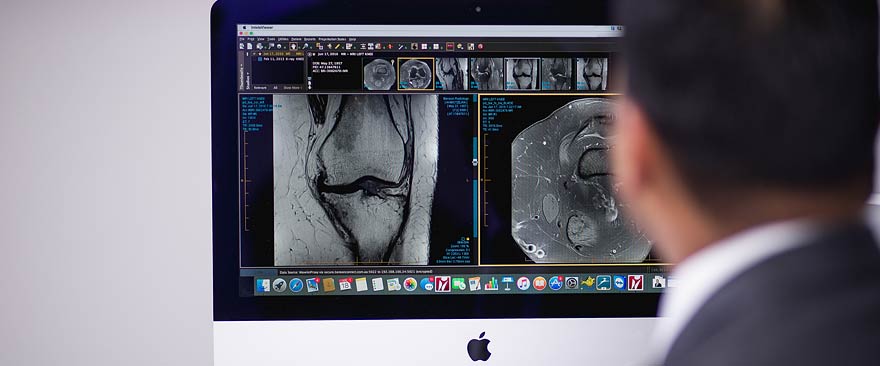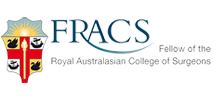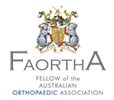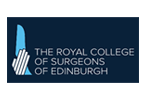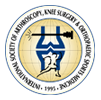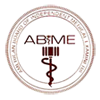Arthroscopy (the prefix 'arthro' refers to the joints) or arthroscopic surgery, is often described as “minimally invasive surgery”, or “keyhole surgery”. It describes any type of procedure using this technique to examine or operate on a bone joint in the body. Knee arthroscopy normally involves the insertion of a small camera through a 5mm-10mm incision (often referred to as a 'portal') in the skin, with up to three further 5mm-10mm incisions made around the knee in order to allow other special surgical instruments to be used.
Arthroscopic surgery allows for more rapid recovery after surgery than is possible after conventional open surgery, plus scarring is kept to a minimum. The procedure is also generally quicker than conventional “open” surgery and patients are able to return home on the day of surgery.
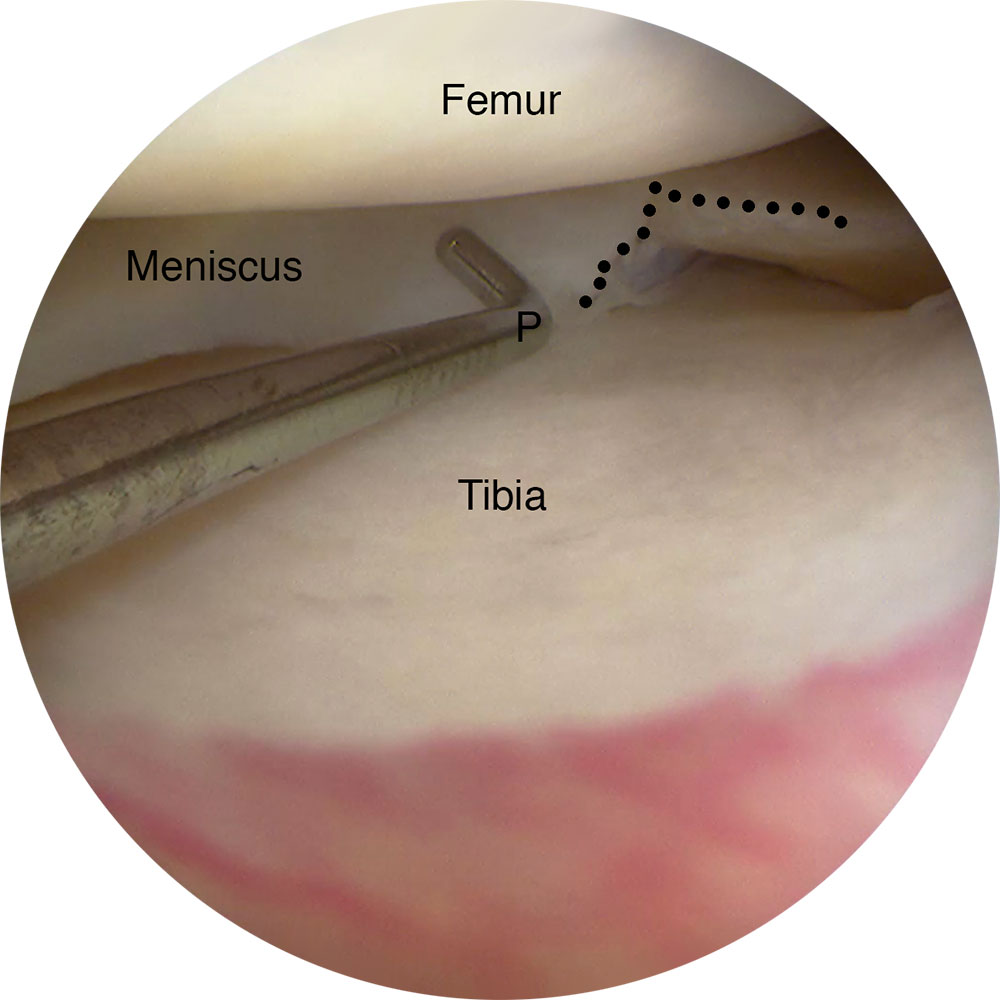
Arthroscopic view of knee showing a meniscal tear.
Knee arthroscopy is generally required for the following procedures:
- For diagnostic purposes.
- To repair or excise torn cartilage/meniscus.
- Clearing infection in the knee joint.
- To correct problems with the kneecap (patello-femoral problems).
- To remove loose pieces of bone or cartilage or to remove cysts in the knee joint.
- Reconstruction of ligaments, especially the Anterior Cruciate Ligament (ACL) and Posterior Cruciate Ligament (PCL).
- Synovectomy - where the joint lining (synovium) is inflamed or pathologic causing effusions, locking, pain, etc.
Procedure
Knee arthroscopy is commonly performed under either a general anaesthetic, sometimes in combination with other types of anaesthetic. Spinal anaesthesia, where the patient stays awake during the procedure may sometimes be used. A type of anaesthetic called a 'femoral nerve block' may also be used to help block out pain so that a lighter form of general anaesthetic can be used.
Once Dr Reddy has made the incisions as described above, saline or glycine solution is introduced into the knee to allow Dr Reddy to see clearly inside the knee and to operate the arthroscopic instruments. Once the procedure is complete, the saline solution is drained from the knee and the incisions are closed with steri-strips.
Knee Arthroscopy – Things you need to know
- Recovery from arthroscopic knee surgery is much quicker than from conventional open surgery on the knee. Patients are monitored for up to two hours in the recovery room and if all is well are allowed to return home afterwards, sometimes with a crutch.
- It is recommended that you do not drive immediately after surgery. Please have a friend or relative pick you up.
- It is normal for the area around the knee to have some swelling and pain for 1-2 weeks. Pain medication will be prescribed. Keeping the leg elevated and using ice packs placed on the knee will help reduce swelling.
- It may take several weeks to recover completely from arthroscopic knee surgery depending on the concomitant procedures performed. Dr Reddy will see you on the morning after surgery if an overnight stay is required – commonly after ligament reconstruction procedures. He and the Physiotherapist will guide you regarding the exercise regimen.
- Risks of surgery: As with any surgery, arthroscopic knee surgery carries the possibility of complications such as infection and bleeding or possible damage to nerves or blood vessels, numbing and loss of feeling at the sites of the incisions and potential ongoing pain in the foot or calf. Most of these complications are very unusual and knee arthroscopy is overall a safe procedure. When performed for correct indications, the benefits far outweigh the risks.
Rehabilitation guidelines following Knee Arthroscopy
- Timelines mentioned are approximate and progression depends on individual recovery.
- Knee arthroscopy does not need intensive physiotherapy post-operatively. Please follow Dr Reddy’s advice regarding exercises.
- Apply Ice packs 3-5 times, for 10 min each time for the first two weeks.
First 2 weeks
- Static quadriceps exercises, straight leg raise, calf presses, hip abduction exercise.
- Core strengthening exercises.
- Range of movement of knee exercise sitting in a chair.
- Upper body conditioning.
- Progress with gait training to decrease dependence on assistive devices, if being used.
2-6 weeks
- Progress with strengthening exercises as tolerated – including squats, hamstring curl, leg press.
- Progress with resistance exercises, core strengthening and start aerobic exercises.
- Emphasise single leg strength, stance and proprioception.
